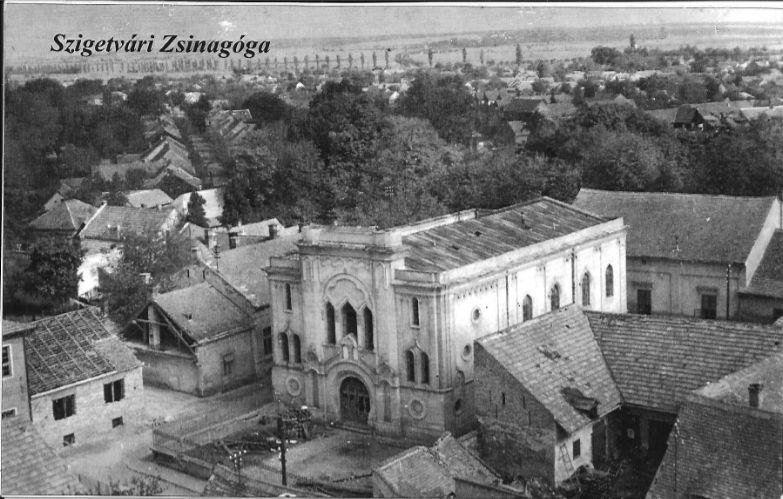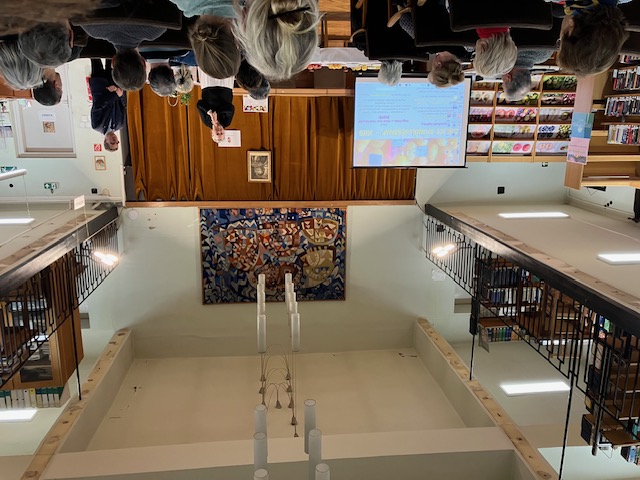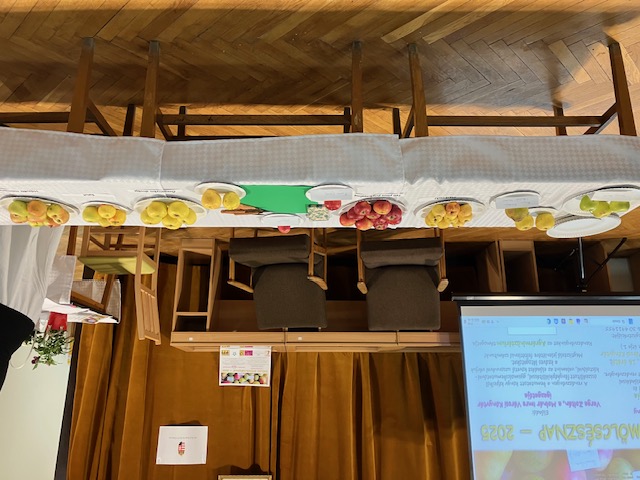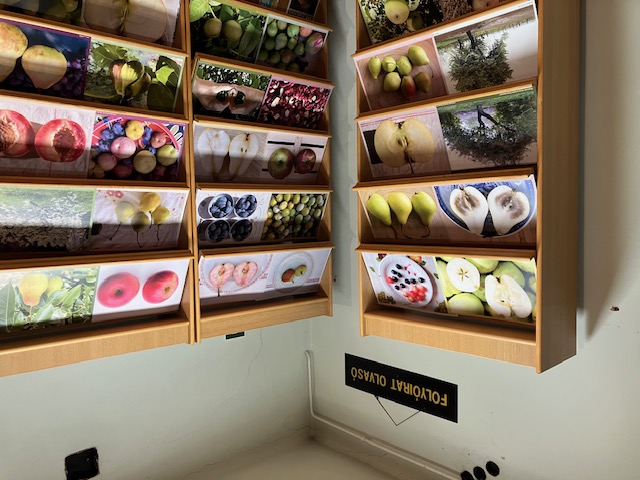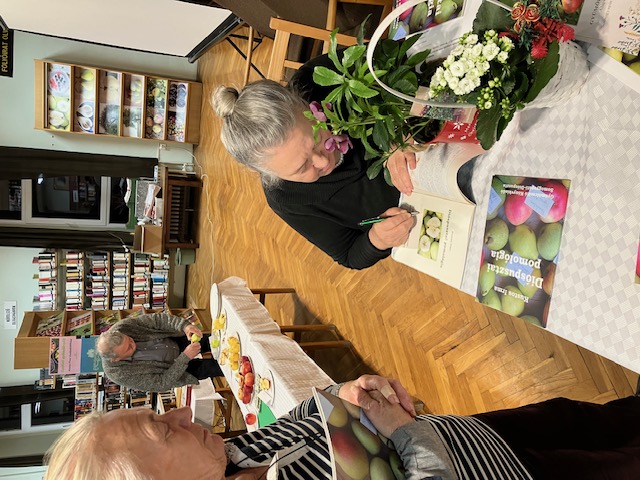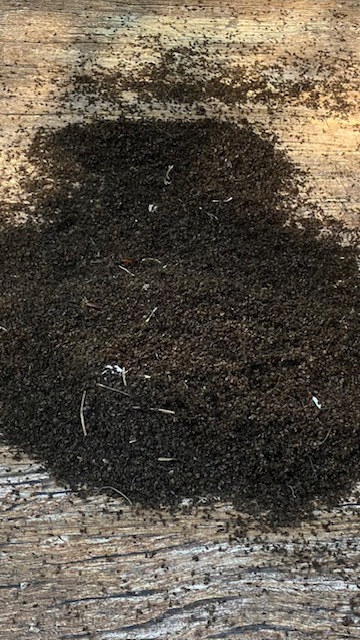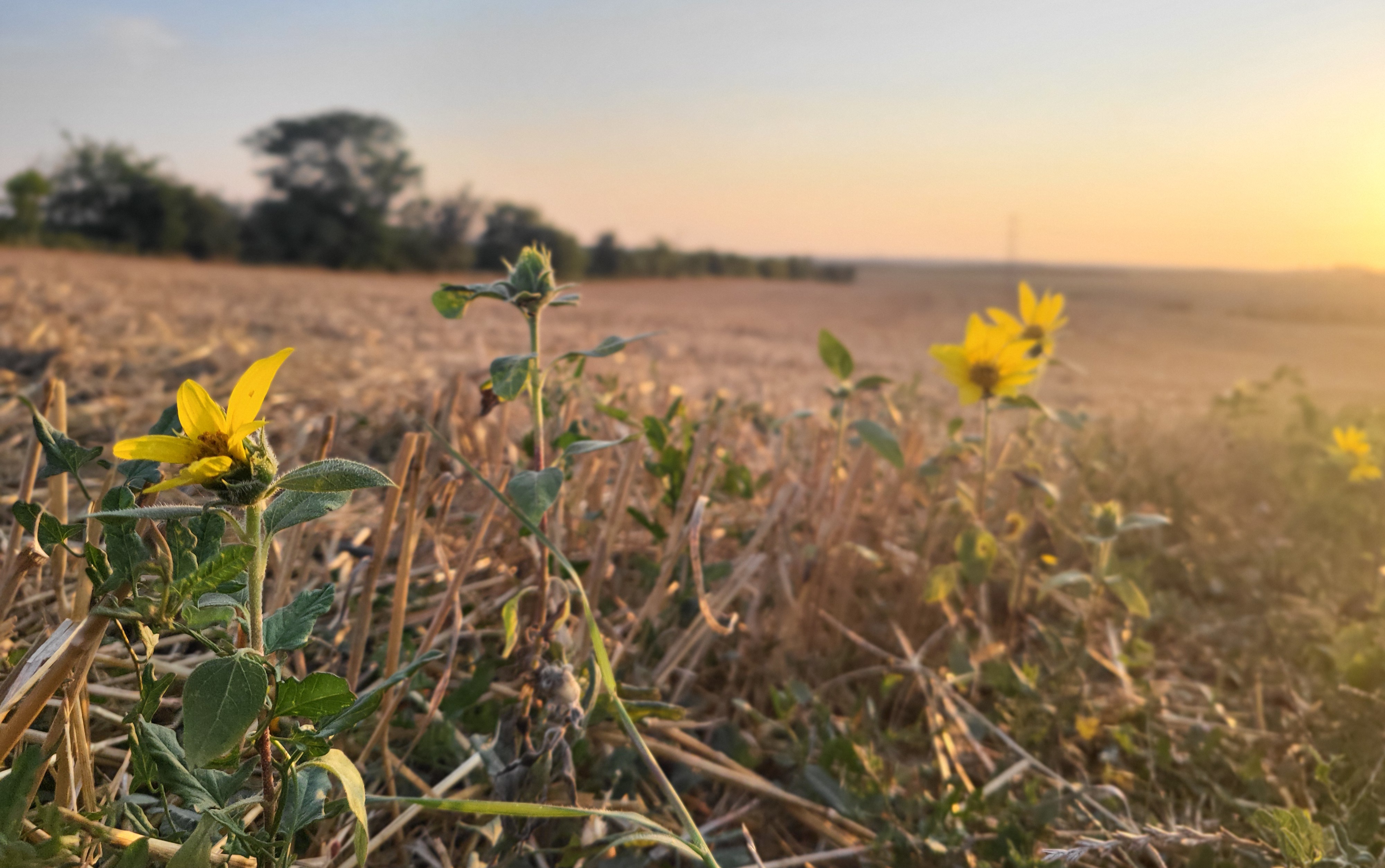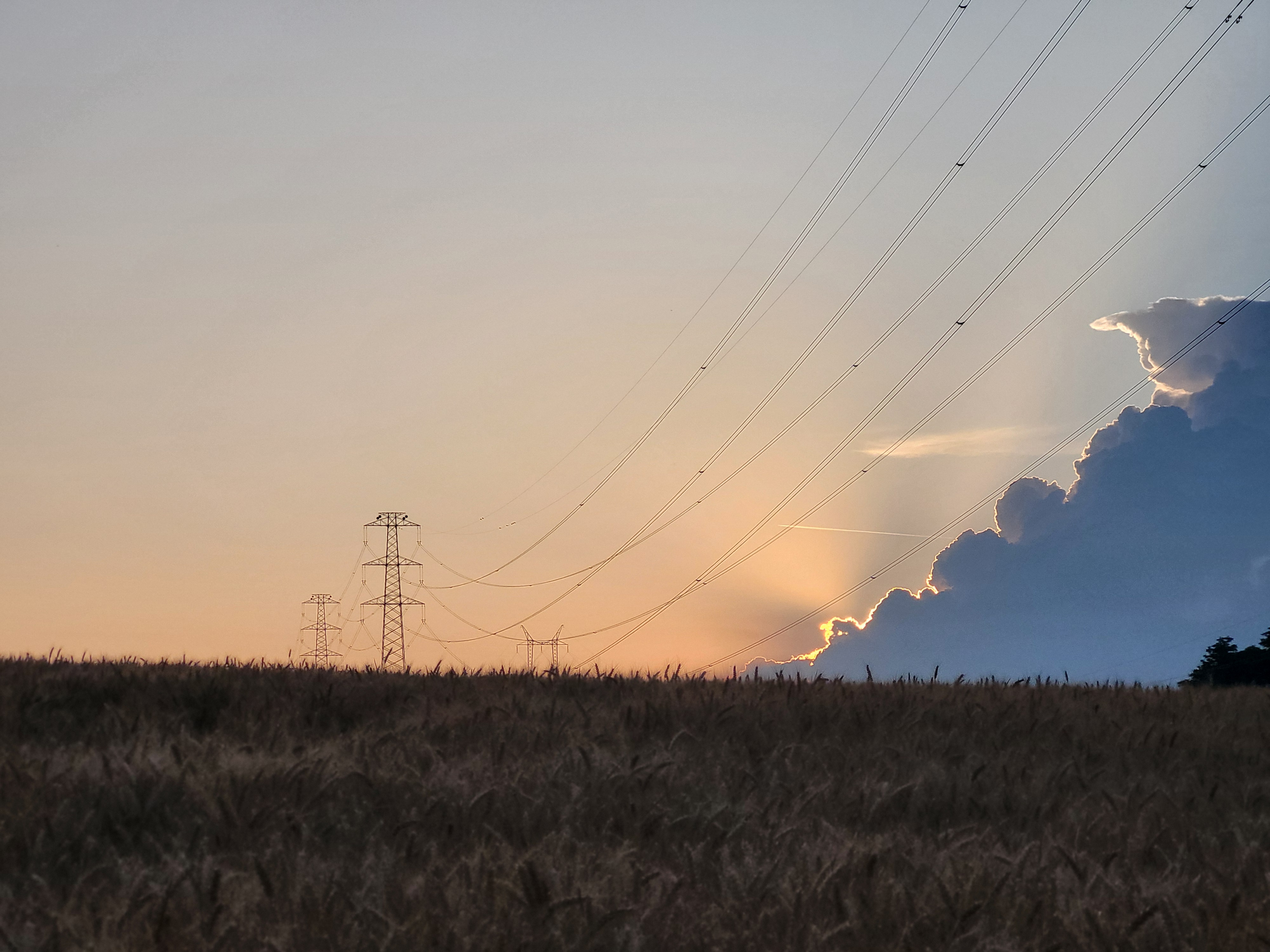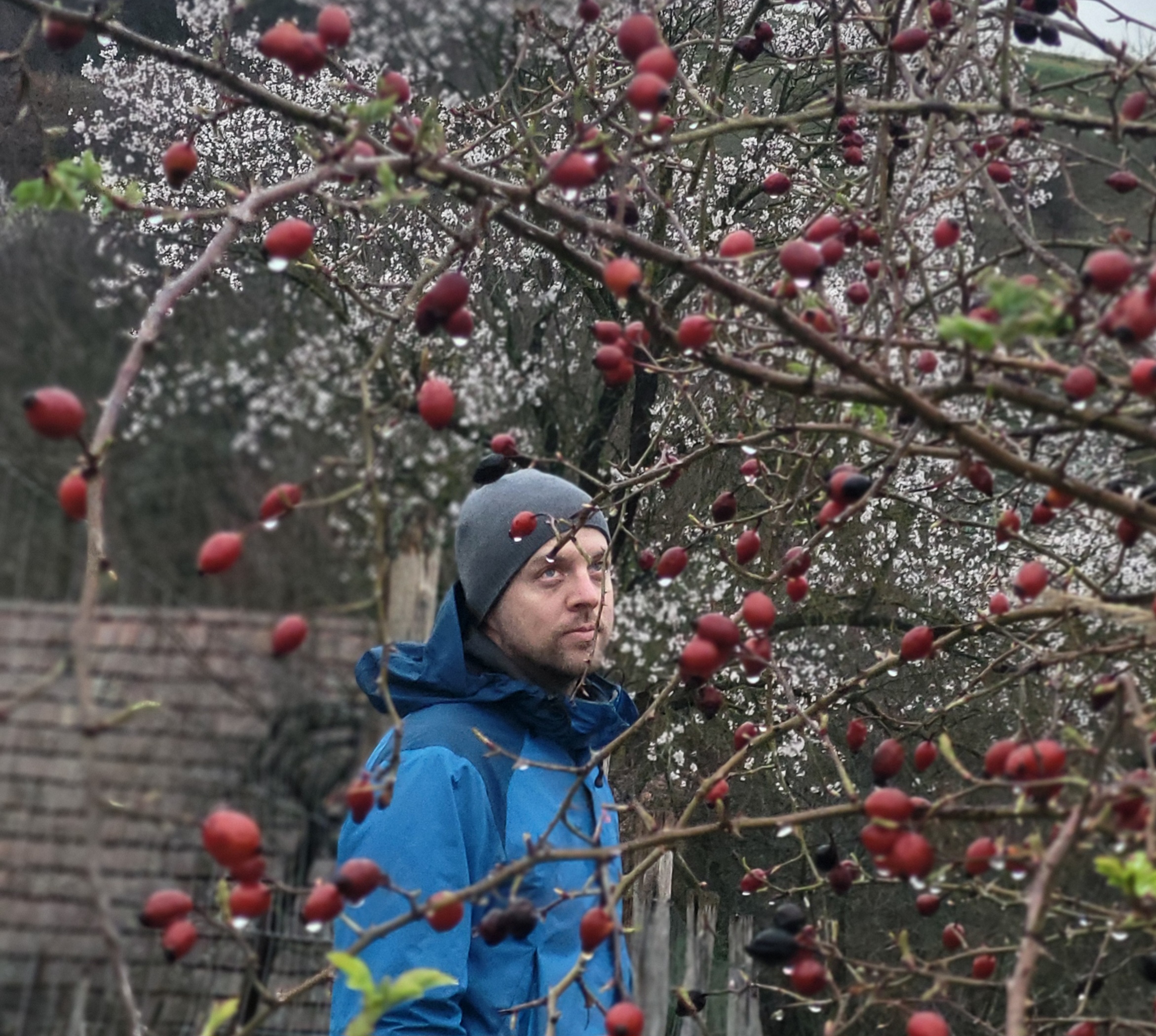Egész hétvégén utaztam: autót vezetve, távolsági buszon ülve, tömegközlekedési eszközök bő választékát igénybe véve. A zöld hátizsákommal, egymagam. Hazaérve begyűjtöttem a gyerekeket, futtában megetettem az állatokat, majd összeszedtem a férjet is. Úgy érzem magam, mint, akit megrángattak és legyőztek.
Egyszer, egy kedves ismerősöm azt mesélte, hogy ő az alapján ítéli meg ismerőseit, hogy utazna-e velük vonaton, ugyanabban a fülkében?
Míg a magam kilométereit róttam, újfent elgondolkodtam a mércéjén. Osztozna-e tehát egy adott emberrel egy viszonylagosan nyugodt, mozgásszabadságot is jelentő, de szűknek mondható téren, ahol, ha szeretne, feláll és elsétál. Ha nincs más utas rajtuk kívül, eldönthetik, hogy szemben, vagy egymás mellett ülnek-e. Amikor erről beszélt, még dohányzó lehetőség is fennállt. Vélhetően, vonattal nem a szomszédos városig utaznak, hosszabb időre kell számítani. Lehet, hogy órákig tartó útról van szó. Nem beszélve az írott és íratlan illemszabályokról, amiknek ilyenkor kínosan nagy jelentőségük adódhat.
Mi a helyzet a valóságos utakkal? Csak a téren osztozunk ilyenkor? Van-e jelentősége, hogy a rendelkezésre álló menetidő hogyan és kivel telt? Emlékezetes, vagy inkább kipihenhető, esetleg veszteséggel is járt? Miről szól egy utazás? Szól-e egyáltalán bármiről is?
Persze, megtehetjük, hogy nem kérdezünk magunktól és embertársainktól efféléket; utazunk, ki/le/átszállunk, gesztusképpen hanyagul legyintünk és továbbmegyünk a dolgunkra. És akkor mindegy is, kit vinnénk magunkkal. Sem jól, sem rosszul nem járhatunk.
Nem csábulok el és nem kezdek el az utazás toposzról elmélkedni, sem a nyilvánvaló irodalmi vonatkozásokat, Anna Kareninát, netalán Agatha Christie-t behozni a diskurzusba, a történelmi vonatozások helyett is inkább újrafogalmaznám, hogy nekem miről szól a térben és időben mozgás.
A felkészülés – elindulás – haladás – megérkezés – ott levés – visszautazás – hazaérkezés – megérlelés dinamikája. A terek kulturálisan és nyelvileg belakott különbözőségei. A megfoghatatlan intenzitások összesűrűsödései eseménnyé, élménnyé. Ritkán merjük kimondani: minden utazással várunk valamit, persze különlegeset, mintha ünnep lenne és a megfoghatatlan csoda megtalálhatna. Álmodozással átszőtt valóság. Álomszerűen megélt valóság. Álom valóság.
Balázzsal a legszebb beszélgetéseink a hosszú autópálya utakon, hátunk mögött az alvó gyerekekkel voltak. A legszebb olvasásaink – amik gondolatörvénylésből sokszor álomba ringatódtak – pedig vonaton.
Számolgatom, hogy mennyiben és hogyan aktív vagy passzív az utazás. Mindig aktívnak gondoljuk, de ha jobban belegondolunk, a térben haladásunk igencsak sokszor passzív, egyszerűen csak várjuk, hogy egyik pontból megérkezzünk a másikba. Várakozás. Már megint.
Azt hiszem az utazás az egyik legnagyobb várakozás az életünkben. Várni, hogy megforduljon a mi sarkaink körül a világ.
Várakozni. Izgatottan várni, hogy kiessen az első fogam, hogy végre megcsókoljon valaki, hogy hazautazhassak az első kollégiumi hét után, várni a legelső munkanapom bekövetkeztét; szédülten, félve várni, hogy megjelenjen egy, meg még egy csík a terhességi teszten, hogy aztán kipréselhessem magamból ezeket a síkos kis testeket és belenézhessek a végtelen tekintetükbe. Hazavárni egy hosszú nap után a férjet, amikor csak mi voltunk otthon – lányok, a két kicsi meg én, védve, de mégis elzárva a külvilágtól.
Rettegve várakozni a fogászaton, vérvétel és vizsgák előtt. Remélve, hogy az utolsó pillanatban történik valami csoda és mégsem kell kibírni magát a félelmet, ami odabenn vár.
Hosszan sóvárogni, epekedni nagy események előtt, ábrándokat szőni róla még a bekövetkezte előtt. Ilyen esetekben maga a várakozás sokkal jobban telik, mint maga az esemény. Sőt, a várakozás maga az esemény, persze közben ezt soha nem lehet egészen biztosan tudni és ettől még csiklandóbb lesz az egész. Várakozni és közben remélni. Bízni valami megfoghatatlan jóban, az ideákhoz való közelítésben és ezáltal feloldódni valami sokkal nagyobban, mint amik egyedül mi vagyunk.
Az ünnepeket várni más, mint bármi másra készülni. Akkor már a készülés is érezhetően az esemény része. Az utóbbi években megadtam magunknak, magamnak a minél lassabb és minél elmélyültebb, ünnepet megelőző készülési időt. Félretettem munkát, fontos teendőket és csak arra igyekeztem figyelni, ami következni fog. Helyet loptam a bensőmben és időt hagytam az ünnep után is, hogy még kicsit visszhangozhasson bennem, átjárhasson. Így telik jól, így tudom megélni és átadni a körülöttem lévőknek is. Így tudom megmutatni, mi az, ami értékes, ami megbecsülendő.
Mindig az az érzésem, sőt személyes tapasztalatom, hogy valahogyan mindig túl sokat kell várni a dolgokra. Nem tudom azzal nyugtatni magamat, hogy ez idő alatt felkészültem, megértem, mert már rég felkészültem a változásra, amikor végre váratlanul megtörténik. Amikor változást szeretnék elérni az életemben, amikor meg akarom változtatni azt, akkor olyan, de olyan lassan tudom csak átírni a történetemet azzá, amivé magam szeretném. Ilyenkor olyan, mintha már lecseréltem volna a ruhatáramat, de az új környezet még nem érkezett volna meg hozzá. Már nem abba a történetbe tartozom, aminek még mindig a szereplője vagyok, hanem két szöveg között mindenki számára láthatatlanul a művészbejárón surranok.
Nem vártam az őszt, mégis megérkezett. Nem vártam a lehűlést, mégis elfogadom és alkalmazkodok hozzá. Megtanult kliséket mantrázok, ezáltal a megszokott kulturális retorika aktív gyakorlójaként funkcionálok: meleg ruhát húzva a lanyha fénytörésben a megváltozott kert színeket nézegetem és egy vállrándítással a benti tevékenységekre figyelek. Belső játékaink.
Kinti sötétség – belső hő felélesztése és táplálása magamban és a családi fészekben egyaránt. Az ősz csak egy átmeneti, vigasztaló napfürdő a téli időszak bekövetkezte előtt. Élvezem, amit ad, de már készülök a belső munkára. A kinti kötelezettségek mennyisége csökken, egyre inkább a házba és magunkba húzódunk vissza. Viszonylag szűk hellyel gazdálkodunk, alkalmazkodnunk kell egymáshoz, tiszteletben tartva a finoman meghúzott határvonalainkat. Bizonyos idő elteltével kialakul az új ritmus, az új együttmozdulás, amely a tél végére együtt rezdüléssé szelídül. A sötétség minden évben próba elé állít, melyet egymással és egymásért állunk ki, erőforrássá alakítva, hogy tavasszal aztán ezt az erőt kibontakoztathassuk újra és reménnyé formálhassuk.
Zene, hangulatvilágítás, nagy beszélgetések, fűszerek, társasjáték, gyapjú. Hazatalálás a testembe. Jelen és múlt keveréke. Az emlékezés időszaka. Szép és felemelő, sorsfordító változások eseményeire; meghatározó emberek mondataira. Előveszem a képzeletbeli befőttesüvegemet, amibe az év hangulatképeit zártam bele: Szavak, kézmozdulatok, árnyjátékok, színárnyalatok, esetlen, védtelen, ám annál szerethetőbb pillanatok. Utoljára áttekintem őket, majd mindet elengedem, vissza a tulajdonosukhoz. Ez a legnehezebb része az évnek számomra, emlékezni és elengedni. Megbékélni.
Én inkább tervezgetek. Nem megtervezem a következőket, hanem könnyen formálható, adaptálható terv-vázlatokat skiccelek magamban, várva, hogy az élet lehetőségei kitöltsék majd a réseket és az üregeket. Szeretem elnézni családunk minden tagjánál ezt a dinamikát, azt, ahogyan tudással húzzák a vonalakat, álmokkal töltik ki a tereket, és hittel várakoznak.
Tegnap meghalt Jane Goodall, a múlt héten Robert Redford, a múlt hónapban Giorgio Armani és Claudia Cardinale. Olyan teljes, mély fejhajtást érdemlő élettörténetek, szakmai sikerek és emberi kvalitások, amik átszőtték egy-egy korszak hétköznapjait, meghatározták jövő képeit. Sokáig úgy gondoltam, hogy az az igazán inspiráló, vagy azt kerestem, amikor magánélet és szakmai/publikus élet összefonódhat, átitathatja egymást. Aztán könnyek árán megtanultam, hogy ez az idealisztikus kép sem a múltban, sem a jelenben, és szerintem sem a jövőben nem fog működni. Hogy el kell választani a kettőt, a legtöbbször pedig arra kényszerülünk, hogy válasszunk is közöttük.
Munka, magánélet, szerepek, saját család, körülöttem lévő családok, barátok. Az éves zűrzavarban, telítve bőven itthoni teendőkkel és külvilágbéli kötelességekkel, elmosódnak előttem a kontúrok. Egy adott ponton lényegét veszti számomra, hogy valaki, akivel dolgom van, milyen nemű, státuszú, vallású, mit hozott létre, mit dolgozik, kinek gondolja magát, vagy éppen kinek nem. Ugyanabból az agyagból gyúrt embereket látok: jönnek-mennek, intenek, zajonganak, szerep-ruhát hordanak. Visznek magukkal gyermekkort, beteljesült vágyakat, álmokat, sóvárgást, szégyent, feladatot és megannyi cók-mókot, amikről nem is tudok. Ebben az én képlékeny kis világomban minden átmeneti és mulandó, egy egész részét képező útvesztő. Mindannyian máshol tartunk benne. Néhányan színesebbnek, nagyobbnak tűnnek, másokat sokszor észre sem veszünk. Néha összetalálkozunk, jól egymás szemébe nézve osztozunk kinek-kinek a sorsán. Az ilyesmi ritka dolog, érdemes felfigyelni rá, már akkor, amikor részünk van benne!
Hogy meddig kell mennünk és merre haladunk, sokszor magam sem tudom. Soha nem voltam jó tájékozódó. Arra már rájöttem, hogy a tévelygés is része ennek a jövés-menésnek. Leginkább akkor érzem az irányt, ha nem is gondolkodom rajta. Akkor azt is szoktam tudni, mennyi út van már mögöttem. Milyen kellemes, ha akad társaság! De mélyen, legbelül, ott a mindenféle cók-mókunk között, akkor is magunknak kell kitalálnunk, hogy merre tovább.
Igazán érthetetlenül izgalmasak tudnak lenni a találkozások. Egy életen át, sőt, több életen át is megfejtendőek, visszatérően elemzi őket nemcsak az, akivel megtörténik, hanem a megérintett környezet is. Összekapcsolódás, amiben benne van az összekapcsoltság lehetősége is. Ritkán beszélek az ilyen találkozásaimról, mert annyira mélyen megérintenek, annyira tisztelem őket, hogy nem akarom, hogy más értetlen tekintetének legyen kitéve. Persze, benne van a mással nem megosztani titok pikantériája, de benne van az a különleges bizalom is, hogy üres fecsejjé sohasem engedjük válni. Köszönöm ezt a sétáló írást, a gondolat közös szöveggé alakítását!
